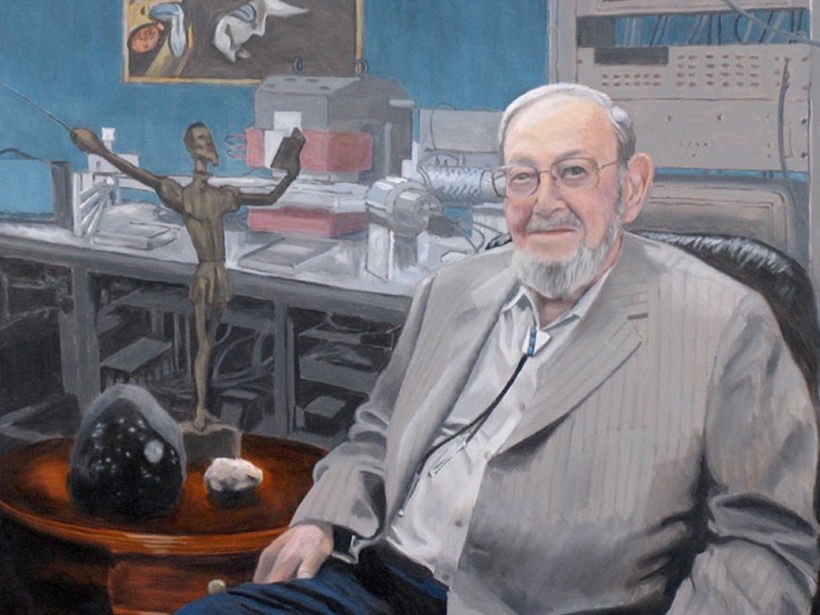A leading geochemist who became well known for creating the first high-precision mass spectrometer, called Lunatic I, that measured isotope ratios in lunar samples from the Apollo missions.

A leading geochemist who became well known for creating the first high-precision mass spectrometer, called Lunatic I, that measured isotope ratios in lunar samples from the Apollo missions.